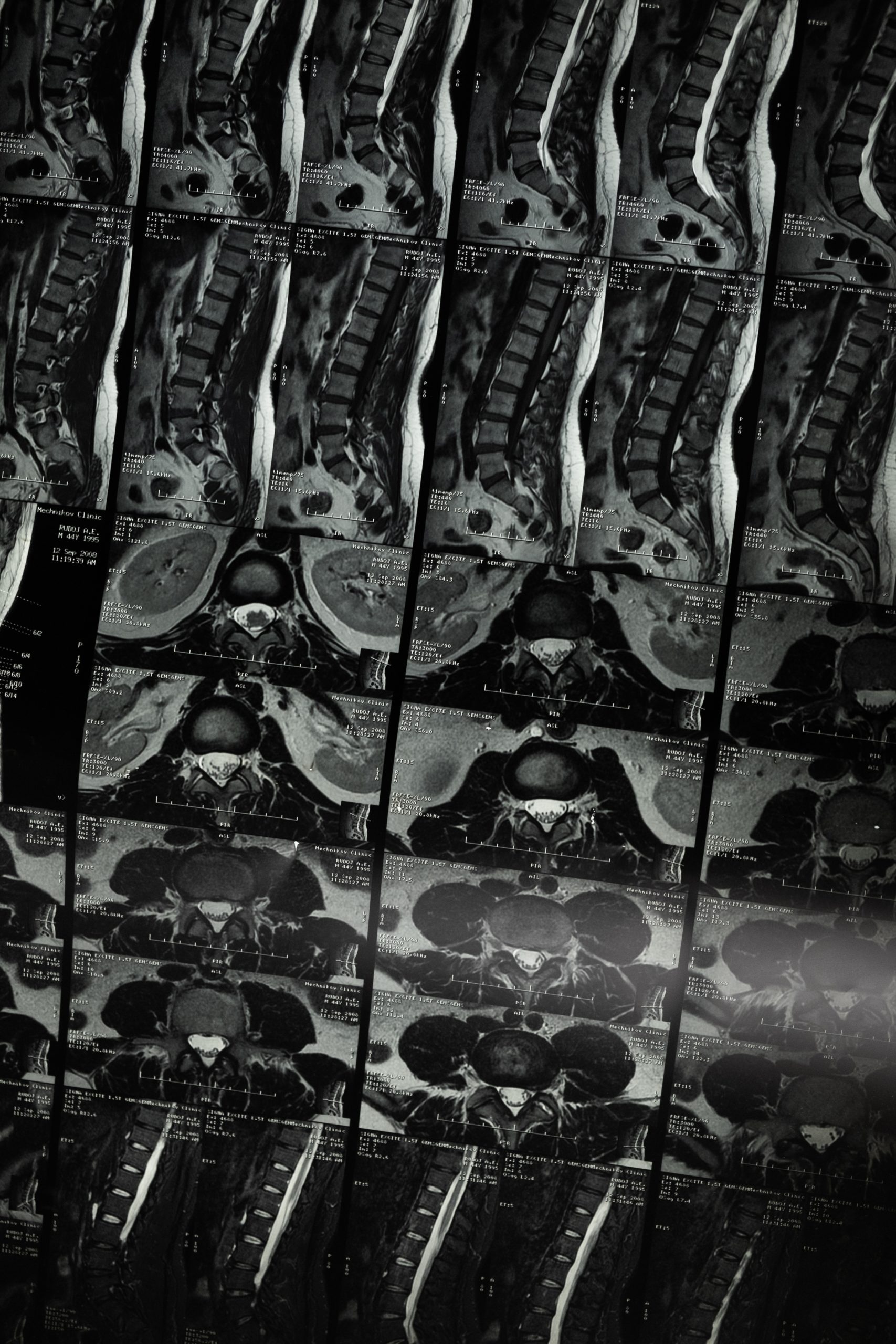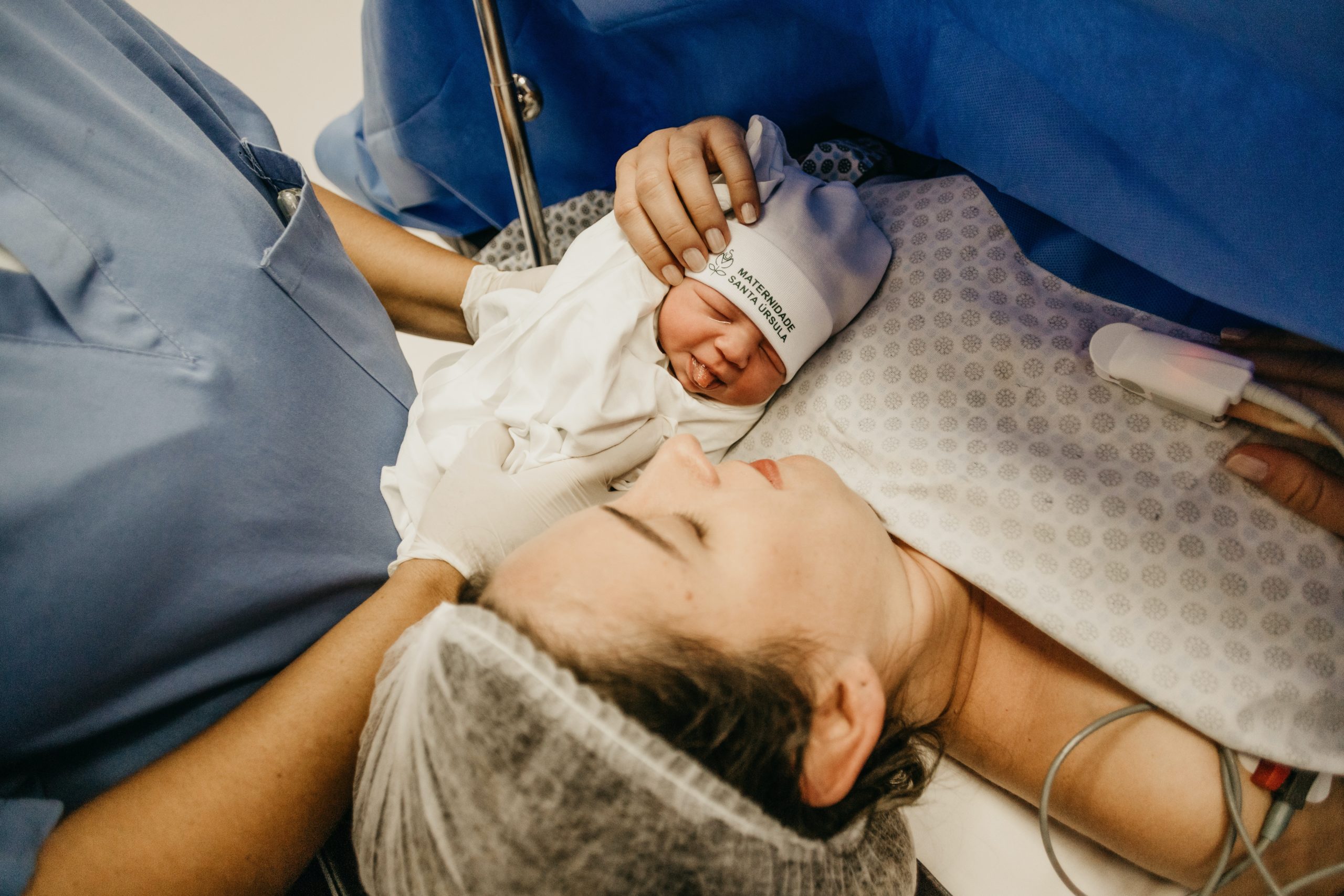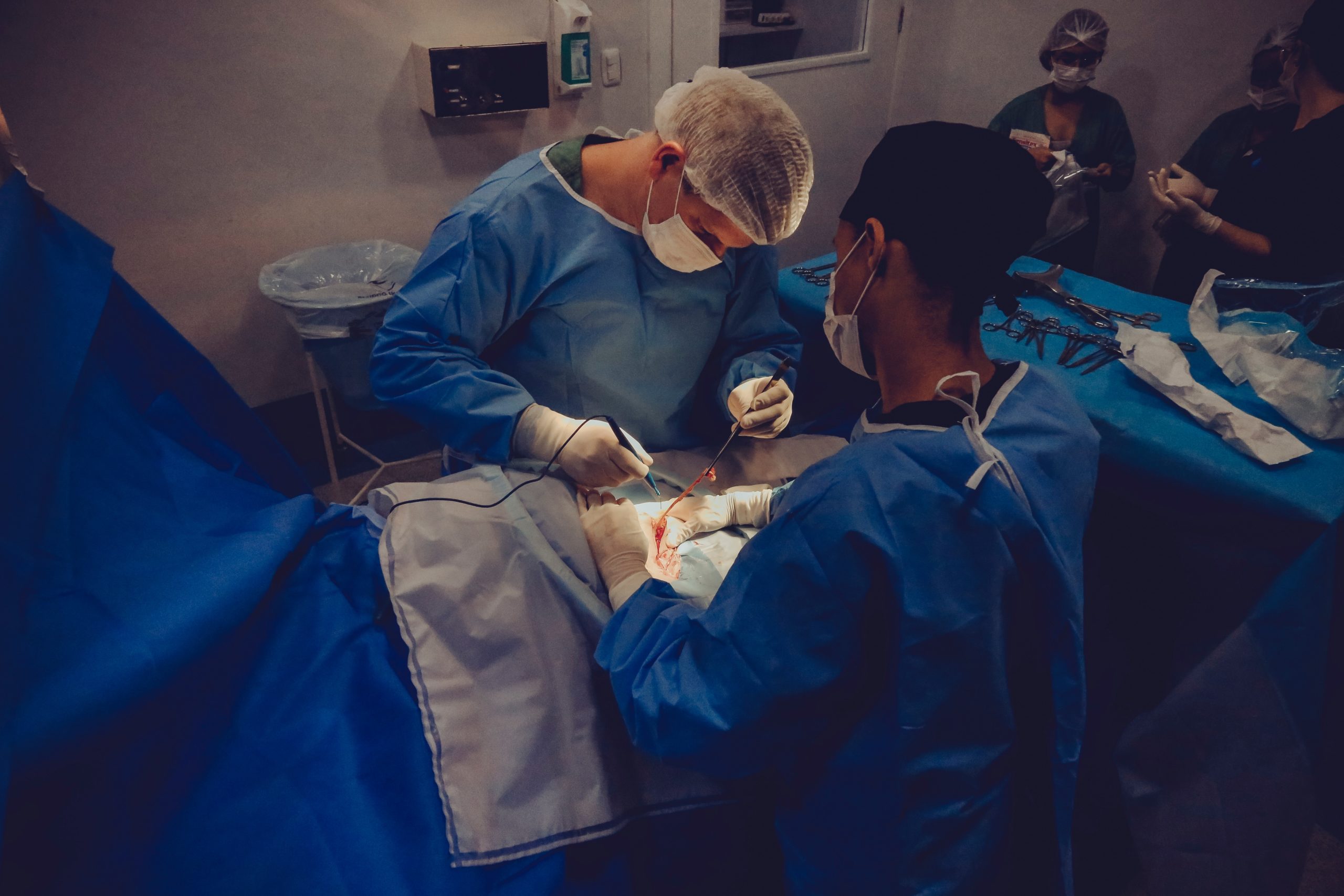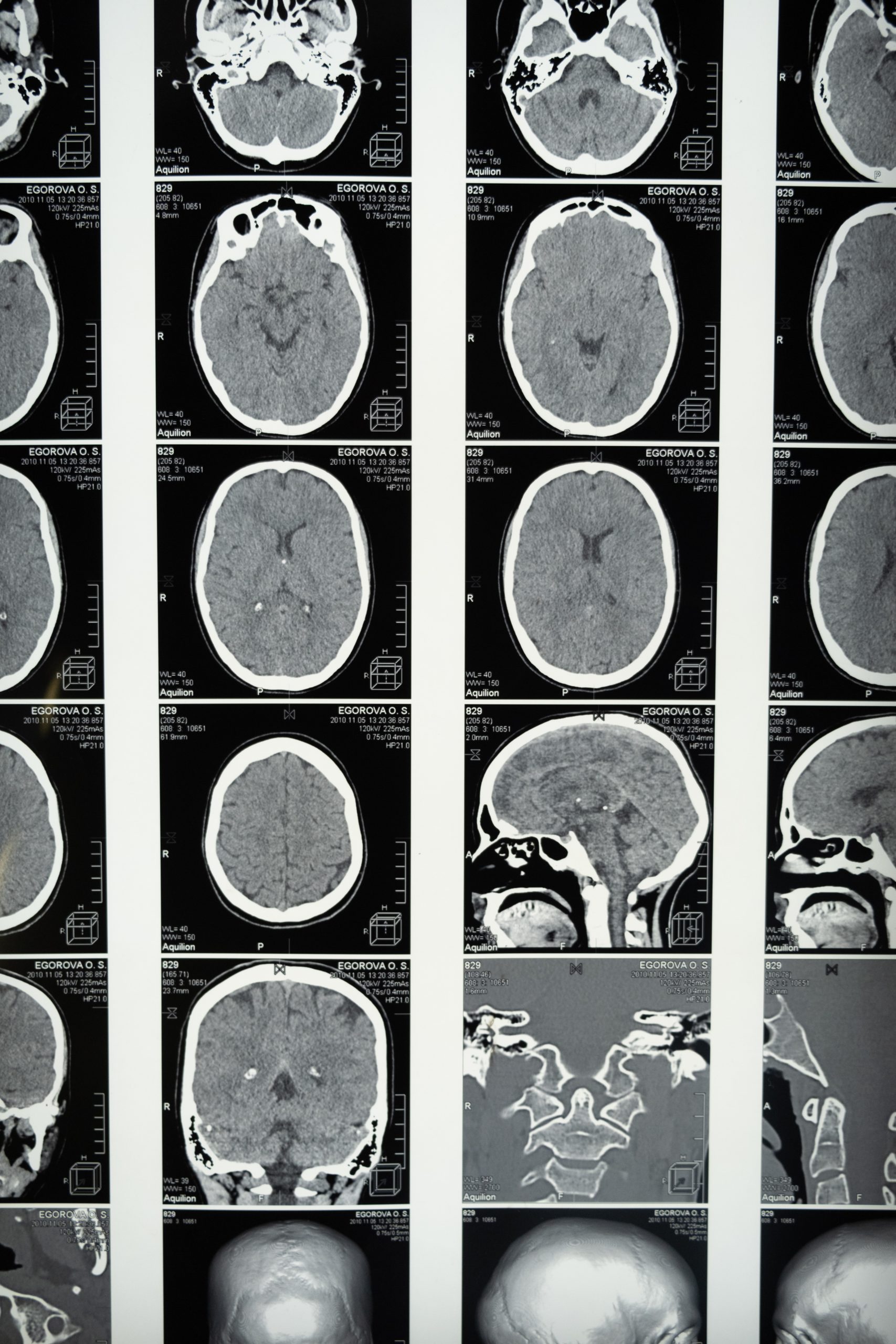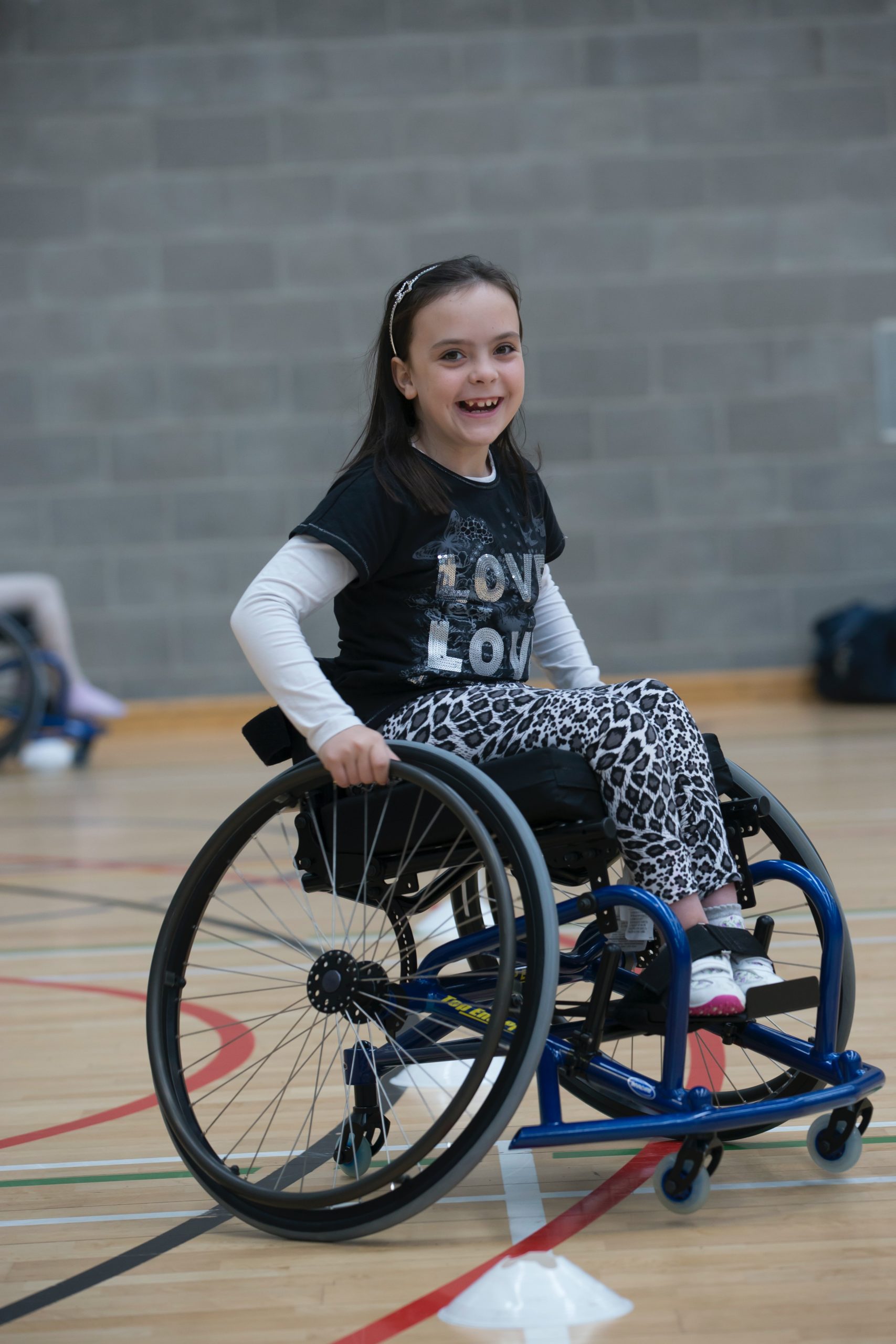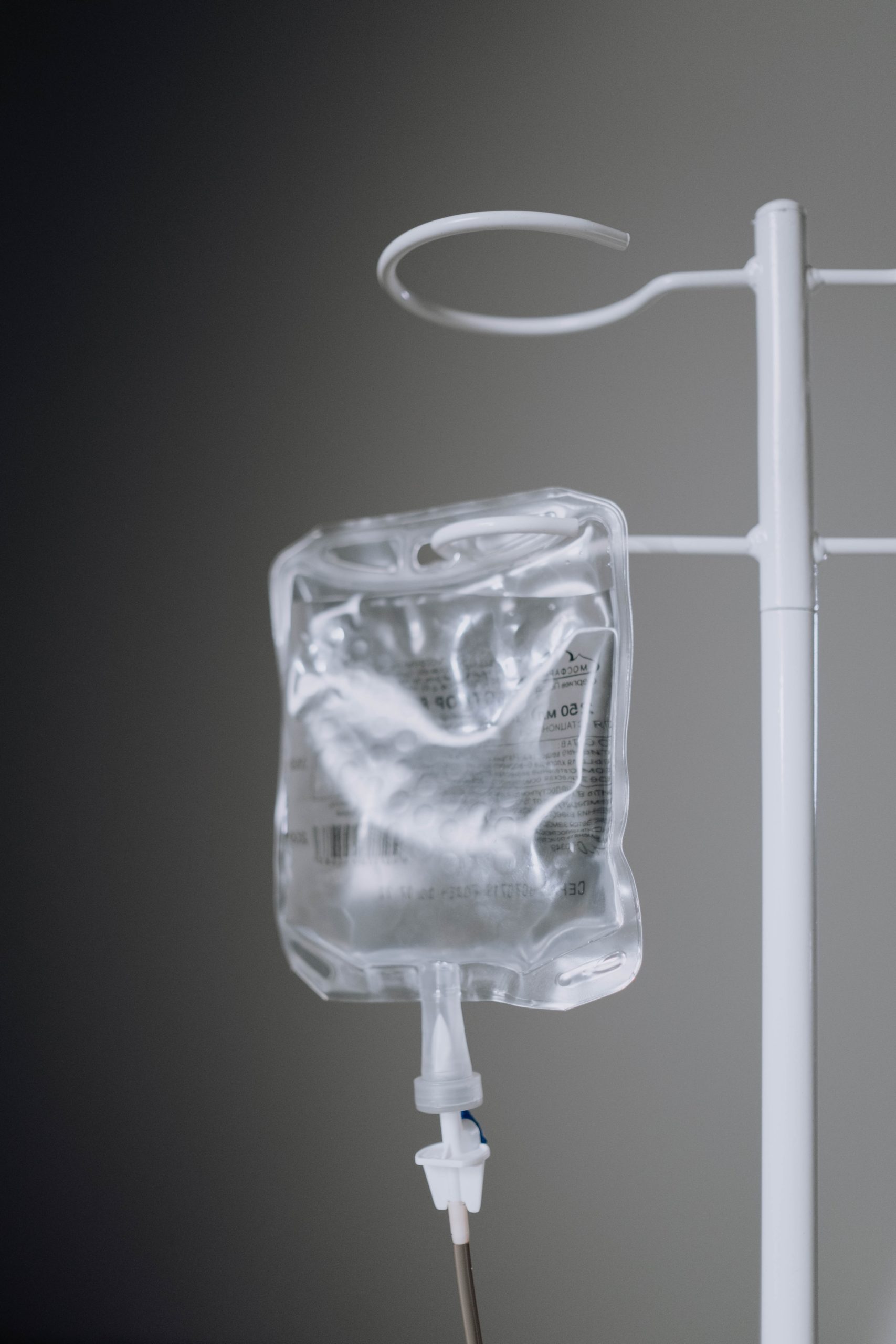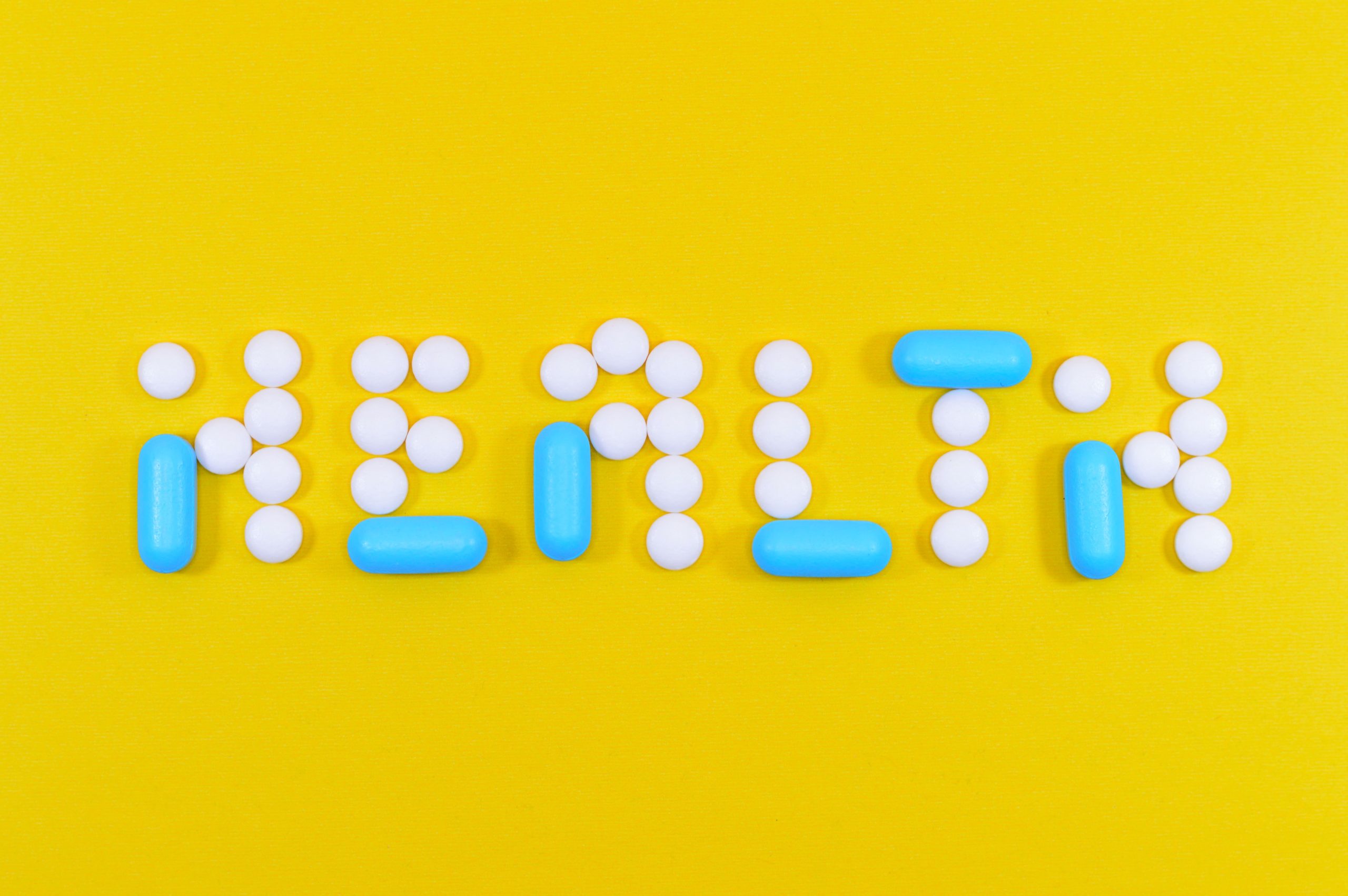FAQs
You must be able to show that someone else is at least in part to blame for the injuries that you have suffered.
You must also show that the person owes you a legal duty of care.
The law does not compensate people who are involved in ‘pure’ accidents where, within the true meaning of the word, no-one is to blame. For example, the fact that you were injured at work does not automatically mean that your employer will have to compensate you.
1. Instruct a solicitor:
You should soon get in touch a specialist solicitor who will take your instructions (details of the accident/injury, medical details, details of the alleged person or party at fault etc.).
They will then advise if it might be worthwhile pursuing a claim for compensation.
It is important to note that an adult claimant only has 2 years less 1 day from the date of injury to issue proceedings in court (there are some limited exceptions to this).
2. PIAB assessment:
For most claims, you are required to lodge a Personal Injuries Assessment Board (PIAB) application before the matter may be dealt with by the courts. This is not required for medical negligence claims or psychological injury claims. Many people avail of the services of a solicitor to prepare their PIAB application.
PIAB is an independent state body who assess personal injury claims outside of the court room. They determine the amount of compensation that that should be provided (if any). If either of the parties disagree with the level of compensation, then PIAB will release the claim and compensation can then be pursued through the court system.
Typically in the case of a catastrophic injury, PIAB would automatically release the claim to be dealt with by the court system, as it is too complicated a matter for them to assess.
3. Liability & causation report(s):
Your solicitor will obtain at least one expert report to establish whether the injury arose as a result of another person’s or party’s negligence.
The speciality of the expert(s) will depend on how the injury arose e.g. if it was a personal injury, such as a road traffic accident, that expert may be a forensic engineer, or if the injury arose as a result of potential medical negligence case, the expert would be a medical doctor.
4. Issue court proceedings:
Once your solicitors have obtained a supportive liability and causation report, they can issue court proceedings after the claim has been released by PIAB.
Proceedings for catastrophic injury claims are typically issued in the High Court.
Spinal Cord Injuries:
See here for more information on how a spinal cord injury claim injury is made.
Brain Injuries:
See here for more information on how a brain injury claim is made.
1. Instruct a solicitor:
You should get in touch a specialist solicitor who will take your instructions (details of the injury, details of the birth, medical details, details of the history of pregnancy etc.).
They will then advise if it might be worthwhile pursuing a claim for compensation.
2. Liability & causation report(s):
Your solicitor will obtain at least one medical expert report to establish whether the injury arose as a result of the hospital’s or care provider’s negligence.
The speciality of the medical expert will depend on the nature of the injury.
You may require multiple reports from a range of doctors including an obstetrician, a neuroradiologist and a neonatologist.
3. Issue court proceedings:
Once your solicitors have obtained at least one supportive liability and causation report, they can issue court proceedings.
Proceedings for catastrophic birth injury claims are typically issued in the High Court.
More information:
See here for more information on how a birth injury claim is made.
Your compensation will generally comprise of General Damages and Special Damages.
After obtaining the appropriate quantum expert reports, your solicitors & counsel will be able to advise on the value of your claim.
General Damages
This is compensation for the pain, suffering and inconvenience you experienced and will continue to experience as a result of your injury.
The gravity of the injuries will be considered when assessing the level of general damages to be awarded.
Special Damages
This is compensation for the financial costs and expenses, both past and future, you incurred as a result of your injury.
In the case of sustaining a catastrophic injury, the special damages will make up the bulk of your claim for compensation.
Special damages include medical costs (past & future), loss of earnings and future loss of earnings, past and future nursing care and home help, the cost of housing adaptions, the purchase of specialist equipment, additional expenses etc.
Very generally, a catastrophic injury claim may take in the region of 3 years to resolve, however, this is dependent on the complexity of the injury itself and how the injury arose.
There are some time limits that are applied when processing some parts of the claim.
It is important to note that an adult claimant only has 2 years less 1 day from the date of injury to issue proceedings in court (there are some limited exceptions to this).
Broad Claim Timeframes
Initial Investigation:
Unknown timeframe.
Personal Injuries Board Assessment (PIAB):
1 to 9 months.
In the case of a catastrophic injury, PIAB would typically release the application so that the matter to be dealt with by the courts from the outset, as it is too complex a claim for them to assess.
Also, a PIAB assessment is not needed in medical negligence or psychological injury claims
Accept or Reject Injuries Board Assessment:
28 days.
Statute of Limitations:
2 years less 1 day from the date of injury for the claimant to issue proceedings in court.
Legal Proceedings:
Unknown timeframe.
More Information
See here for more information on how long a personal injury claim takes in Ireland.
The timeframe for resolving a birth injury claim is not exact as each claim is unique both in terms of the nature of the injury itself and how it arose.
Very generally, a birth injury case may take in the region of 3 – 5 years to resolve.
However, the timeframe is dependent on the complexity of how the injury arose and it also often depends on the age of the child.
If the child is very young, it might be necessary to wait a few years to see what impact the injury has on the child’s developmental milestones.
Broad Claim Timeframes
Initial Investigation:
Unknown timeframe.
Statute of Limitations:
When claiming on behalf of a child, a parent or guardian can issue proceedings at any time up until the child’s 18th birthday.
Thereafter, the young adult has two years to bring a birth injury claim in their own right.
Legal Proceedings:
Unknown timeframe.
More information
See here for more information on how long a birth injury claim takes in Ireland.
1. Instruct a solicitor:
You should get in touch a specialist solicitor who will take your instructions (details of the injury, timing of the injury, medical history etc.).
They will then advise if it might be worthwhile pursuing a claim for compensation. I
t is important to note that an adult claimant only has 2 years less 1 day from the date of injury to issue proceedings in court (there are some limited exceptions to this).
2. Liability & causation report(s):
Your solicitor will obtain at least one medical expert report to establish whether the injury arose as a result of the hospital’s or medical care provider’s negligence.
The speciality of the medical expert will depend on the nature of the injury.
You may require multiple reports from a range of doctors before negligence can be established.
3. Issue court proceedings:
Once your solicitors have obtained at least one supportive liability and causation report, they can issue court proceedings.
Proceedings for catastrophic medical negligence claims are typically issued in the High Court.
Birth injury claims:
See here for more information on how a birth injury claim is made.
Brain injury claims:
See here for more information on how a brain injury claim is made.
Spinal injury claims:
See here for more information on how a spinal cord injury claim injury is made.
Very generally, a CICT claim can take approximately 3 years to process.
However, this can be dependent on the complexity of the injury itself and the nature of how it arose.
Furthermore, it can depend on the Tribunal’s waitlist for hearings.
We work as committed solicitors to minimise, wherever possible, the pressures and fears that are associated with litigation.
Our service is born from experience and understanding. This approach allows us to listen to our clients and provide them with the support and advice that they require. Our extensive experience allows us to assist our clients through the litigation process while they and their families adjust to the life-changing injury.
We will:
- Investigate your case and establish if you have a case;
- Process your case through the Injuries Board and thereafter pursue the matter through the Courts;
- Engage the appropriate experts and prepare your claim for hearing and provide you with experience, understanding and expertise to make the process an easy one.











